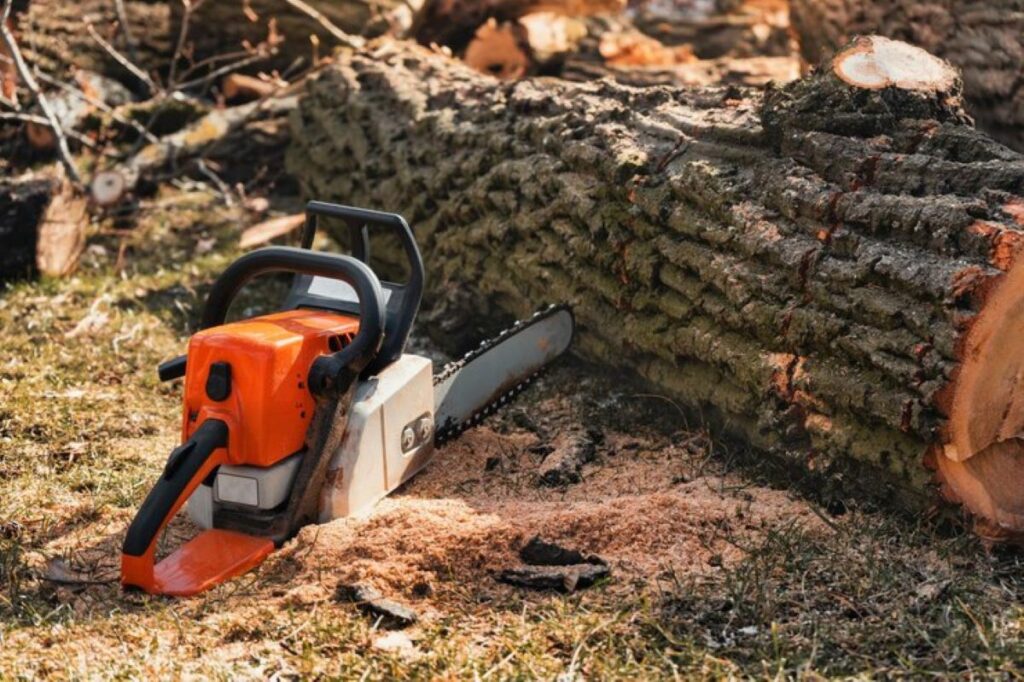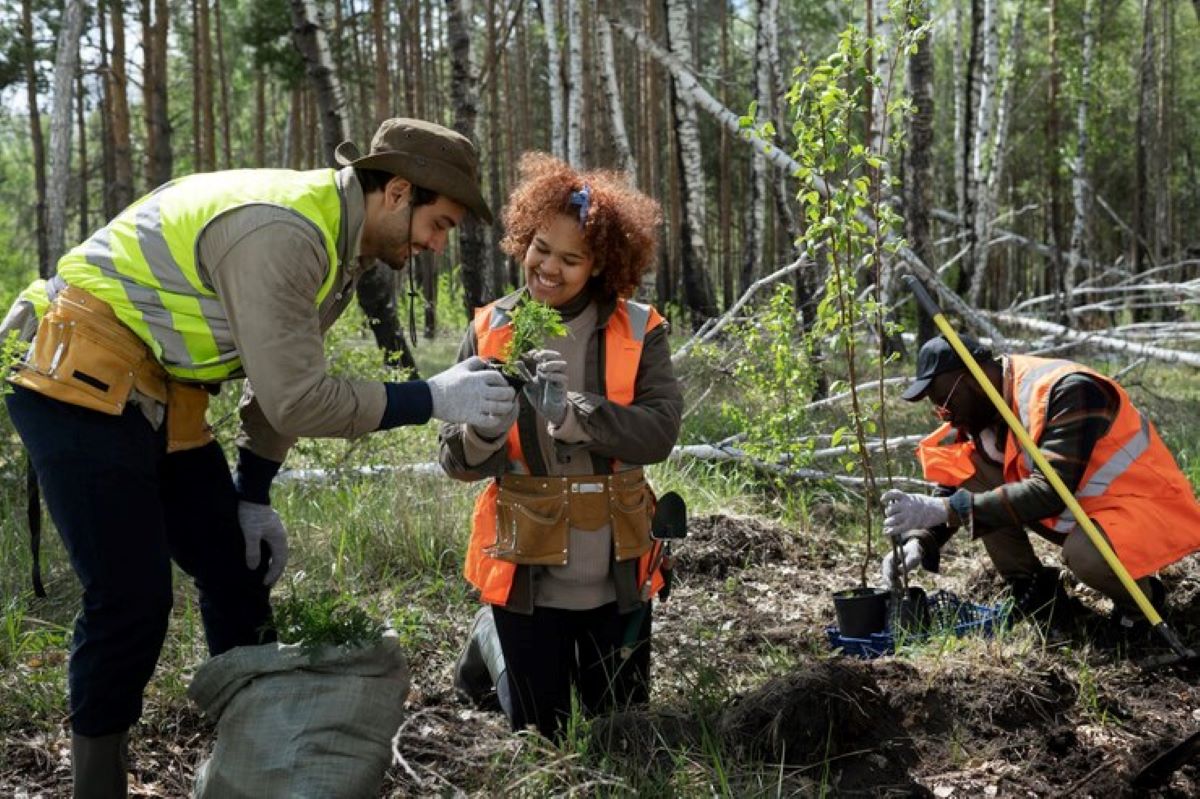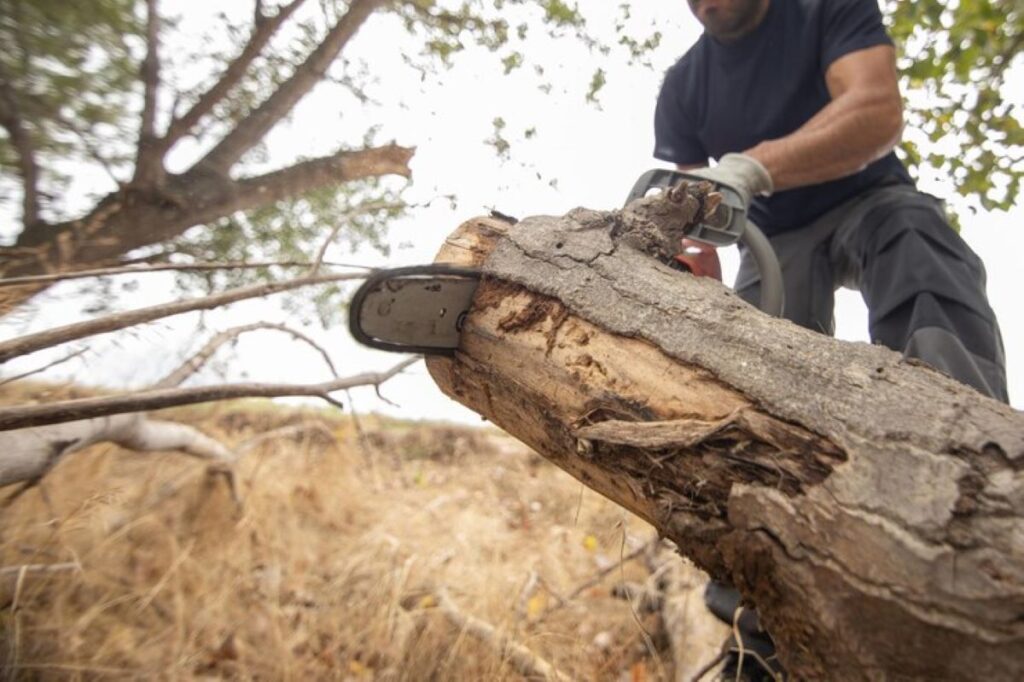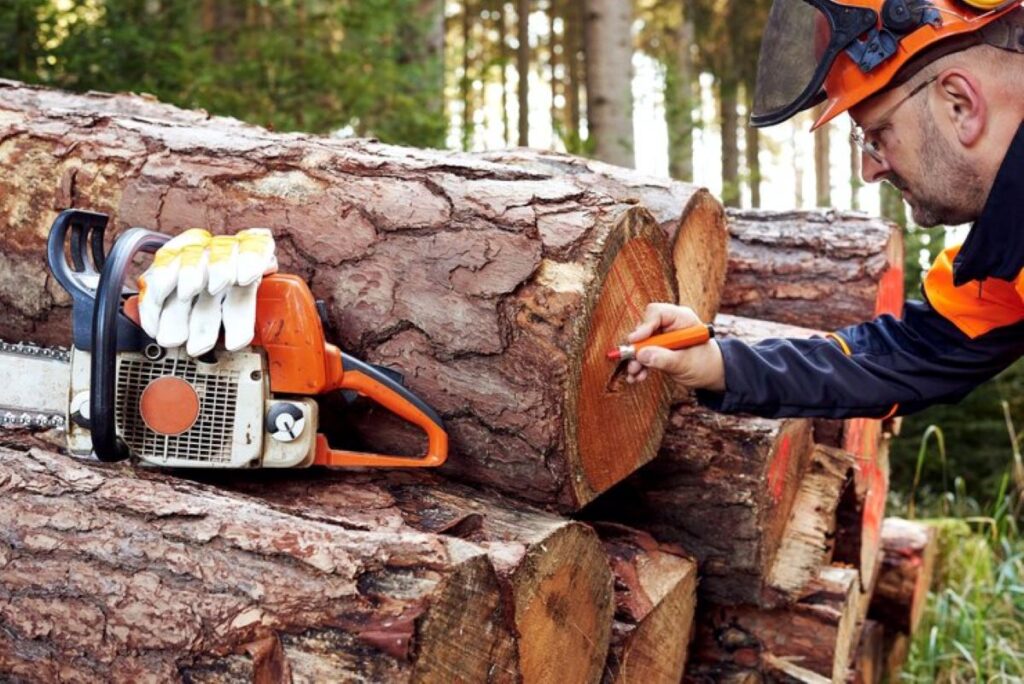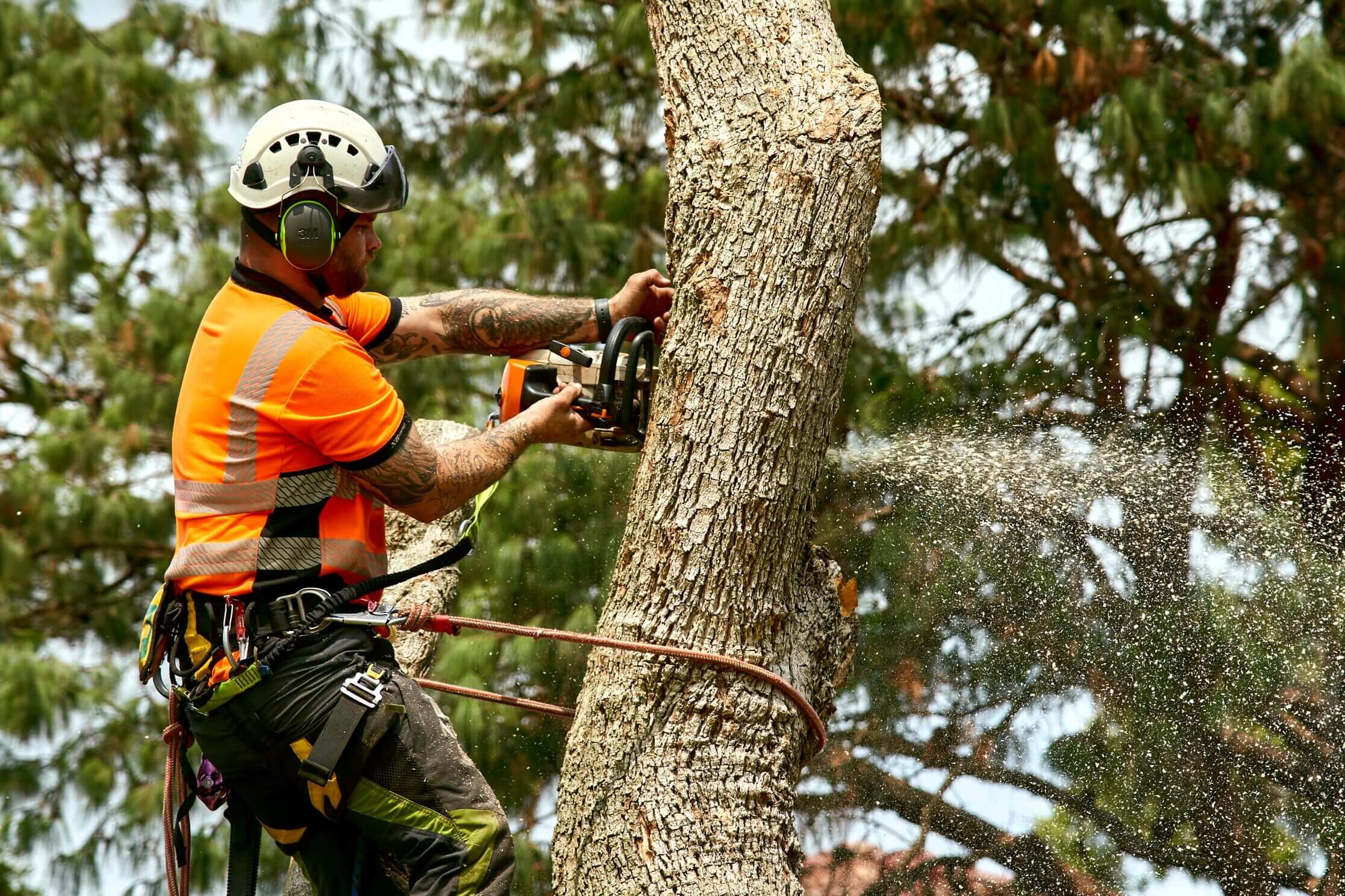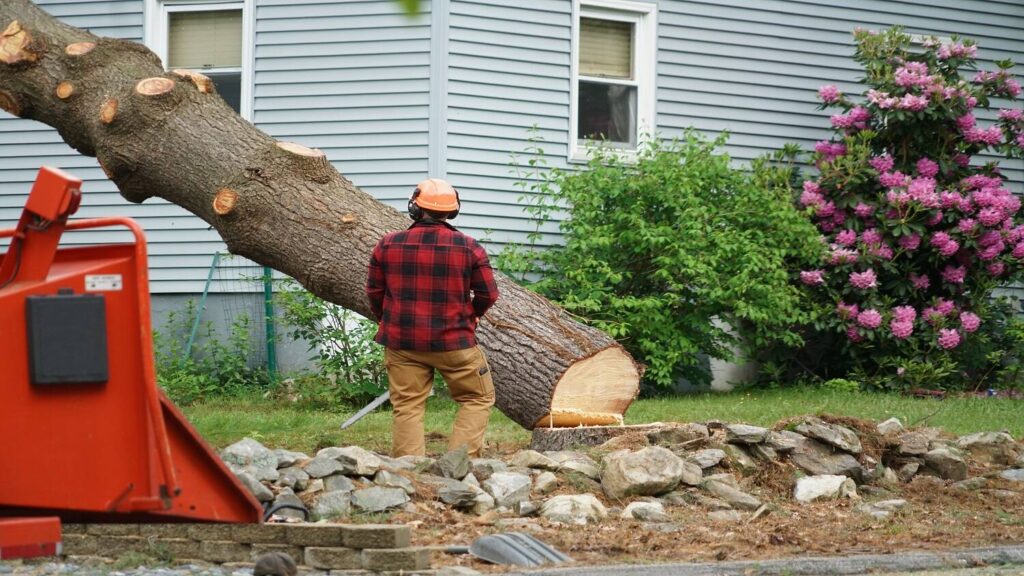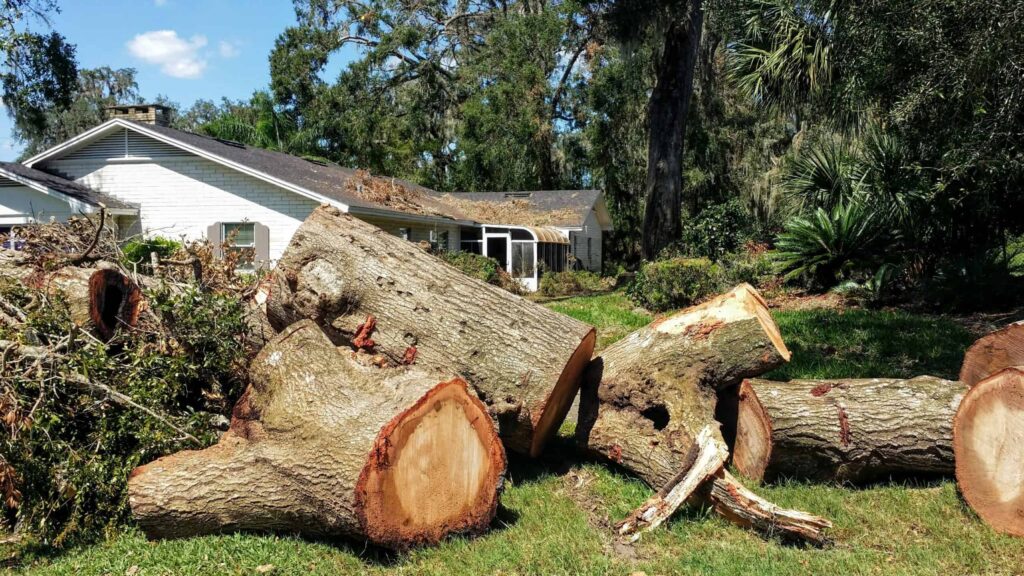Professional Tree Removal in the Hills District for Large Trees
The Hills District is renowned for its lush landscapes and diverse array of large trees that contribute to the natural beauty of the area. However, there are times when tree removal becomes necessary, especially when dealing with large trees that may pose risks to properties and people. Understanding the significance of professional tree removal is crucial for maintaining safety while preserving the environment.
Understanding the Need for Professional Tree Removal
Tree removal is not just about cutting down a tree; it involves a thorough understanding of various factors that come into play. While many homeowners consider tackling this task themselves, it’s important to recognize the complexities involved.
Risks of DIY Tree Removal
Many individuals underestimate the risks associated with tree removal. Attempting to remove a large tree without the proper knowledge and equipment can lead to several dangerous situations. These include:
- Injury or Fatality: Operating chainsaws and heavy machinery can lead to severe injuries if not handled correctly.
- Property Damage: Errant branches or falling trees can cause significant damage to homes, fences, and vehicles.
- Legal Consequences: Depending on local regulations, unauthorized tree removal can lead to fines or legal action.
Understanding these risks can help homeowners make informed decisions about tree removal. Moreover, the unpredictability of weather conditions, such as wind or rain, can exacerbate these dangers, making it even more critical to approach tree removal with caution. A sudden gust of wind can change the trajectory of a falling tree, potentially leading to catastrophic outcomes. This unpredictability is yet another reason why relying on professionals is often the safest choice.
Benefits of Hiring Professionals
Hiring professional tree removal services provides numerous benefits that far outweigh the costs. Some key advantages include:
- Expertise: Professionals have the training and experience necessary to safely handle tree removal.
- Proper Equipment: Tree removal requires specialized tools that most homeowners do not possess.
- Efficiency: Professionals can complete the job quickly, minimizing disruption to your property.
Ultimately, hiring professionals ensures that tree removal is executed safely and effectively. In addition to these advantages, professional services often include post-removal cleanup, which can save homeowners a significant amount of time and effort. This can involve chipping branches, removing stumps, and even providing wood for firewood or mulch. Furthermore, many tree removal companies offer consultations to assess the health of your remaining trees and provide recommendations for future maintenance, ensuring that your landscape remains healthy and beautiful.
The Process of Large Tree Removal
Understanding the process of large tree removal helps demystify the service for homeowners. It is a carefully planned procedure that involves several stages.
Initial Assessment and Planning
The first step in the tree removal process is a thorough assessment. During this phase, tree removal experts will:
- Evaluate the tree’s health and structure.
- Assess the surrounding area for potential hazards.
- Determine the best method for removal without damaging nearby structures.
Planning also includes selecting the appropriate time for removal, often based on weather conditions and local regulations. Additionally, arborists will consider the tree species, as different types may require unique approaches. For instance, hardwood trees like oaks may have denser wood, necessitating more powerful equipment, while softer woods like pines might be easier to fell but could pose their own challenges due to their height and branch structure. Homeowners are also encouraged to discuss their concerns and any specific requirements they may have, ensuring that the entire process aligns with their expectations.
Cutting and Felling Techniques
Once assessments are complete, professional arborists use specific techniques to safely cut down the tree. These methods ensure controlled falling of the tree and include techniques such as:
- Back-cutting: This involves cutting the tree trunk from the opposite side of its intended fall to control the direction.
- Wedges: Wedges are used to guide the tree’s fall and prevent it from splitting uncontrollably.
- Removing Branches First: Trimming branches prior to felling helps reduce the weight and size of the falling tree.
These techniques require proficiency and the right tools to execute safely. Arborists often utilize advanced equipment such as chainsaws, rigging systems, and cranes, especially for particularly large or precariously positioned trees. In some cases, they may also employ a technique called “sectional dismantling,” where the tree is taken down piece by piece, minimizing the risk of damage to surrounding property. This method is particularly useful in urban environments where space is limited and safety is paramount. The expertise of the arborists ensures that every step is executed with precision, allowing for a smooth and efficient removal process.
Safety Measures in Professional Tree Removal
In tree removal, safety is paramount. Professional services employ thorough safety measures to protect workers and the surrounding environment.
Protective Equipment and Tools
Professionals use various protective equipment to ensure their safety during tree removal operations. This equipment includes:
- Hard Hats: To prevent injuries from falling branches.
- Eye Protection: Safety goggles to protect against wood chips and debris.
- Gloves and Boots: Ensuring grip and protection from sharp tools.
Additionally, specialized tools like chainsaws, winches, and rigging equipment are essential for safely executing tree removal tasks. Chainsaws, for instance, come equipped with safety features such as chain brakes and low kickback bars, which significantly reduce the risk of accidents. Furthermore, professionals are trained in the proper handling and maintenance of these tools, ensuring that they operate at peak efficiency and safety. Regular inspections of equipment are also conducted to identify any wear and tear that could lead to malfunctions during critical operations.
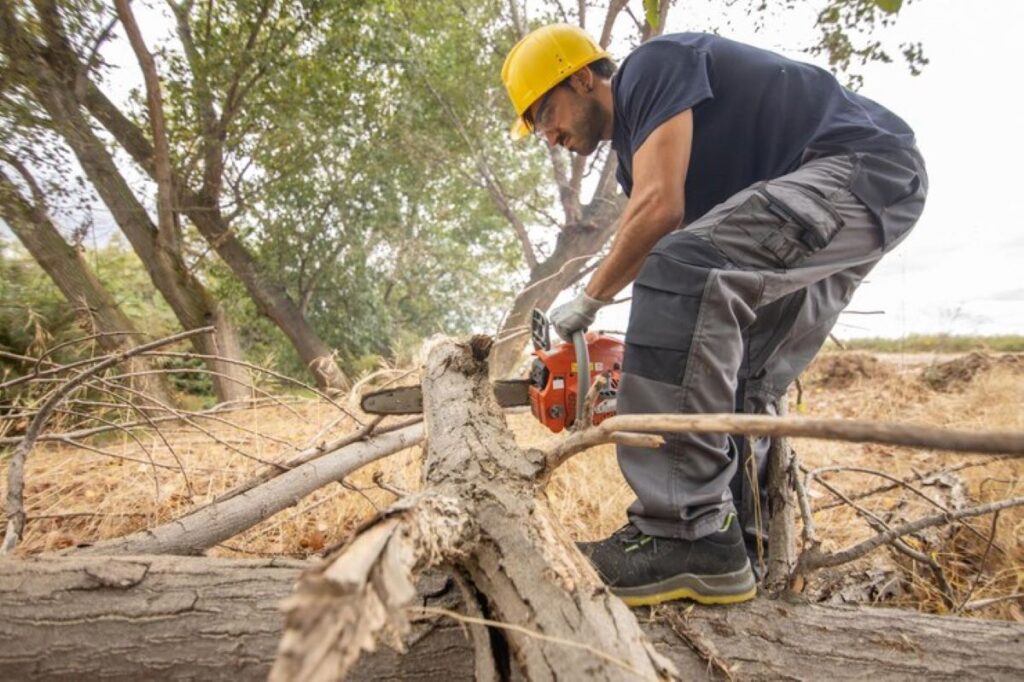
Ensuring Safety of Surrounding Property
Professional tree removal services take great care to ensure the safety of surrounding properties. This includes:
- Establishing a Safe Perimeter: A designated area around the tree is secured to prevent accidents.
- Communication: Workers communicate effectively to coordinate the removal process.
These measures help prevent accidents and mitigate risks to both workers and nearby structures. Moreover, before any tree removal begins, a thorough assessment of the site is conducted. This assessment involves identifying potential hazards, such as nearby power lines, structures, and other trees that could interfere with the removal process. By mapping out these risks, professionals can develop a strategic plan that outlines the safest approach to take. Additionally, they often utilize advanced techniques such as rigging and controlled dropping to ensure that large branches and trunks fall precisely where intended, minimizing the risk of damage to the surrounding area.
Environmental Considerations in Tree Removal
Tree removal can significantly impact local ecosystems, making environmental considerations crucial in the decision-making process.
Impact on Local Ecosystem
Large trees play an essential role in their environments, providing habitats for wildlife, supporting plant life, and contributing to the overall health of ecosystems. Before removing a tree, professionals evaluate:
- The potential impacts on local wildlife.
- Effects on soil health and water retention.
- Alternative solutions that may preserve the tree.
Careful consideration of these factors is necessary to maintain ecological balance. For instance, many bird species rely on mature trees for nesting, while various insects and fungi thrive in the decaying wood of fallen trees. The removal of a single tree can disrupt these intricate relationships, leading to a decline in biodiversity. Furthermore, trees play a critical role in carbon sequestration; their removal can release stored carbon back into the atmosphere, exacerbating climate change. Therefore, assessing the broader ecological ramifications is vital before proceeding with tree removal.
Responsible Disposal and Recycling of Tree Materials
When a tree is removed, it leaves behind a significant volume of materials. Responsible disposal practices include:
- Chipping branches for mulch.
- Using timber from the tree for various products.
- Composting smaller materials to enrich the soil.
These practices help mitigate the environmental footprint of tree removal and promote sustainable practices. Additionally, repurposing wood can lead to the creation of unique furniture, art, or even biofuel, which can contribute to a circular economy. Community initiatives often encourage the use of local timber for building projects, thereby reducing transportation emissions and supporting local economies. Engaging in such practices not only honors the life of the tree but also fosters a deeper connection between communities and their natural resources, promoting stewardship and awareness of environmental issues.
Selecting a Tree Removal Service in the Hills District
Choosing the right tree removal service is crucial to ensure a safe and efficient process. It is vital to do thorough research before making a decision.
What to Look for in a Tree Removal Company
Several factors are important when selecting a tree removal company in the Hills District:
- Licensing and Insurance: Ensure the company has the necessary certifications and insurance to protect against liabilities.
- Experience: Look for a company with a proven track record in handling large tree removals.
- Reviews and References: Check online reviews and ask for references to gauge their reputation.
Taking these steps helps ensure you choose a competent and reliable service. Additionally, it is beneficial to inquire about the specific types of trees the company specializes in, as certain species may require unique techniques for safe removal. Understanding their approach to tree health and preservation can also indicate their commitment to environmentally responsible practices.
